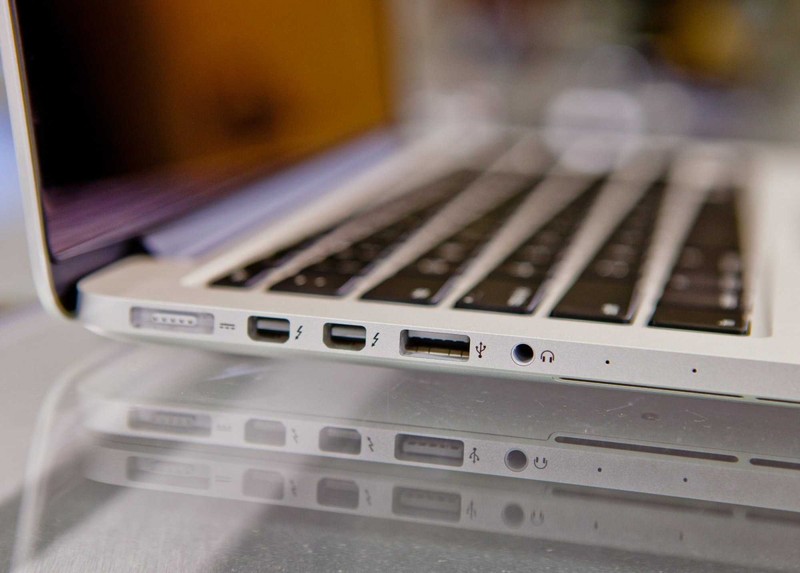

These big three don't have any convincing left to do. At its core, NAMM is about manufacturers convincing vendors to stock your stuff over everyone else's.
#Mac mpfreaker pro#
Why would these companies waste time playing a game they obviously won some time ago? Nearly every DJ controller worth its salt was running NI's Traktor (or Serato, whose "booth" with hardware partner Rane was basically just a DJ performance space), and practically every computer not running Pro Tools was flexing Ableton Live. When I brought this up with one tech company rep, I was met with an incredulous look. Two of the biggest names in electronic music, Ableton and Native Instruments, didn't have booths. There were a few conspicuous absences on the floor this year. It'll set you back around $1100 when it arrives in March, but it's money well spent for producers looking to step outside of the box without sacrificing what's appealing about working inside it.
#Mac mpfreaker software#
Its sound, of course, is one that software still can't deliver, though something in the bass tones I was teasing out at the Moog booth sounded supremely contemporary. Connect it to your computer via USB, and the Sub Phatty has the same functionality as your favorite soft-synths: you can automate all your knob-twiddles and play it with a MIDI track in your DAW. The synth, though, feels very much of the moment. Where previous Phattys sported digital readouts, the Sub Phatty is all knobs and analog circuitry. (At around $3000, it's a serious investment, though it sounds like a million bucks.)īut it was Moog's entry, the Sub Phatty, that I found most impressive.

Dave Smith Instruments introduced the Prophet 12, a polyphonic synth with a new sound engine, some gorgeous analog filters, a nifty display borrowed from their Tempest drum machine and admirably deep functionality. Korg has brought a classic back to the market with the MS-20 mini, now with USB-MIDI support and a desktop-friendly smaller footprint. Of all the NAMM-synchronized rollouts this year, it was a trio of synthesizers that made the biggest splash.

Encouragingly, though, the folks crowded around controllers and plug-in demos looked younger and a good deal hipper, and I sensed no shortage of interest in the gear that keeps electronic music production spinning. And NAMM attendees-all of whom must either be in the industry or attending at the invitation of a vendor-tend to match the stereotype of the aging hair metal veteran disturbingly well. Carbon-fiber guitars, drum sets on slowly spinning platforms and vast plains of marching-band brass still took up much of the square footage this year. The electronic and production side of things is unquestionably a big draw, but as I wandered the enormous convention center halls this past weekend, I was struck by what a small fraction of the industry our interests represent. That new synthesizer you've been salivating over? It was likely announced around the time of the show, and the convention center floor is typically the first place you can actually touch it.īut the show is simultaneously more and less than it seems. For us in electronic music, the NAMM Show invariably means new kit. And that means something very specific for the tech-minded. So if that tickles your fancy just click on through.Įach January, the National Association of Music Merchants converges on the Anaheim Convention Center for one of the industry's largest gatherings. It’s an OK start, but with the hits quantised to the rigid 1/16th grid, it sounds a little sterile. Start by programming this 2-bar rhythm pattern, adjusting the velocities as pictured (darker red means louder hits – click to expand the image for greater detail). The first fundamental ingredient in a realistic shaker line is dynamic variation you won’t get a groove going unless there’s a clear contrast between the louder and softer hits, so ensure that the shaker volume responds to velocity when setting up the sampler. That said, there can be good reasons for programming your own: you get greater control over the rhythm and the raw sound you can get some very nice organic/synthetic hybrids and finally, it’s a challenge, and the Beats Dissected team love a challenge. OK, let’s get this out the way at the very top: if you want a truly realistic shaker line then you’re best off getting out your microphone or finding a decent sample of the real thing.


 0 kommentar(er)
0 kommentar(er)
